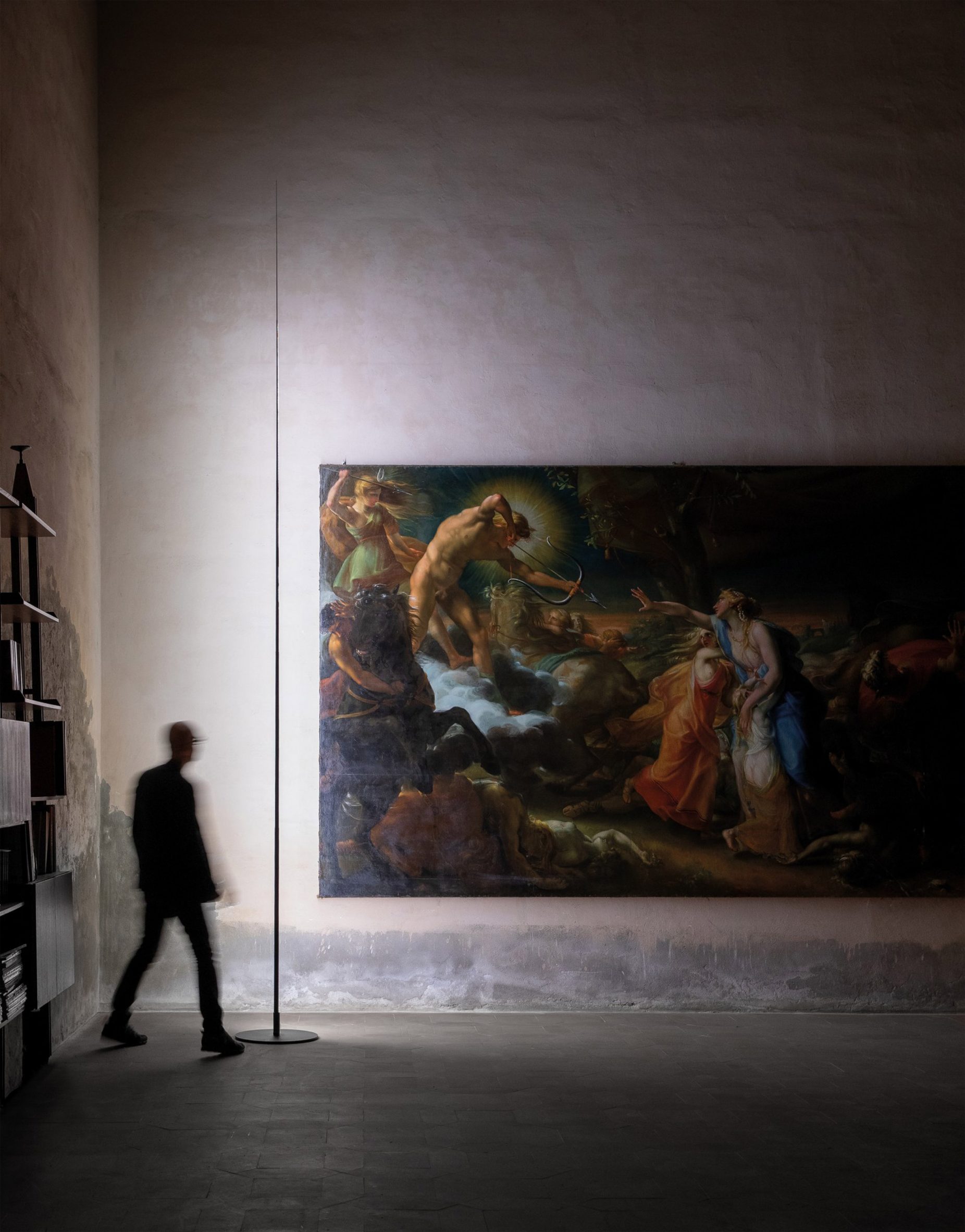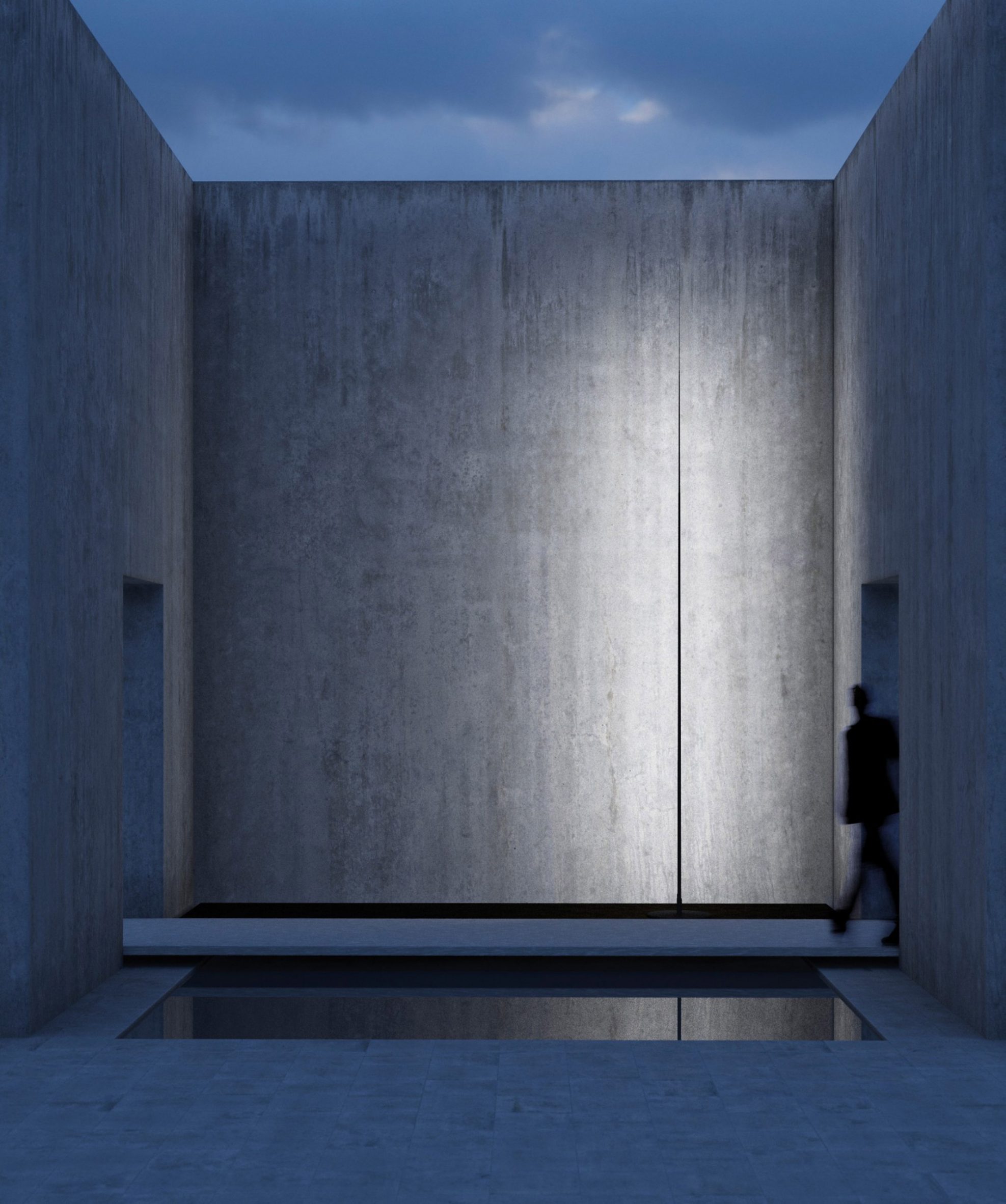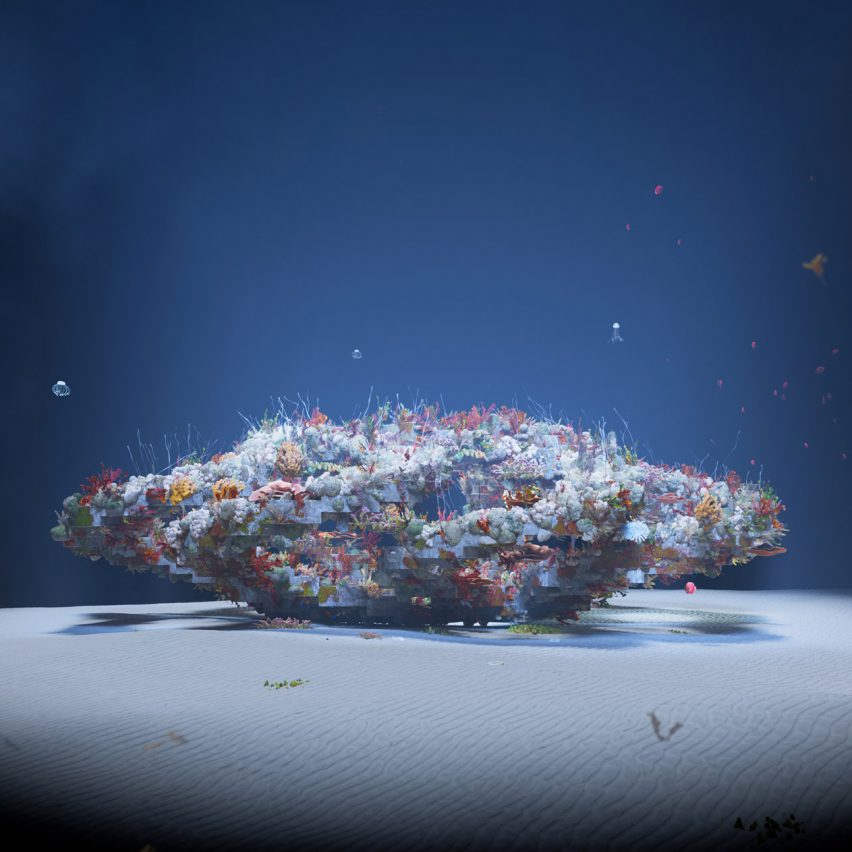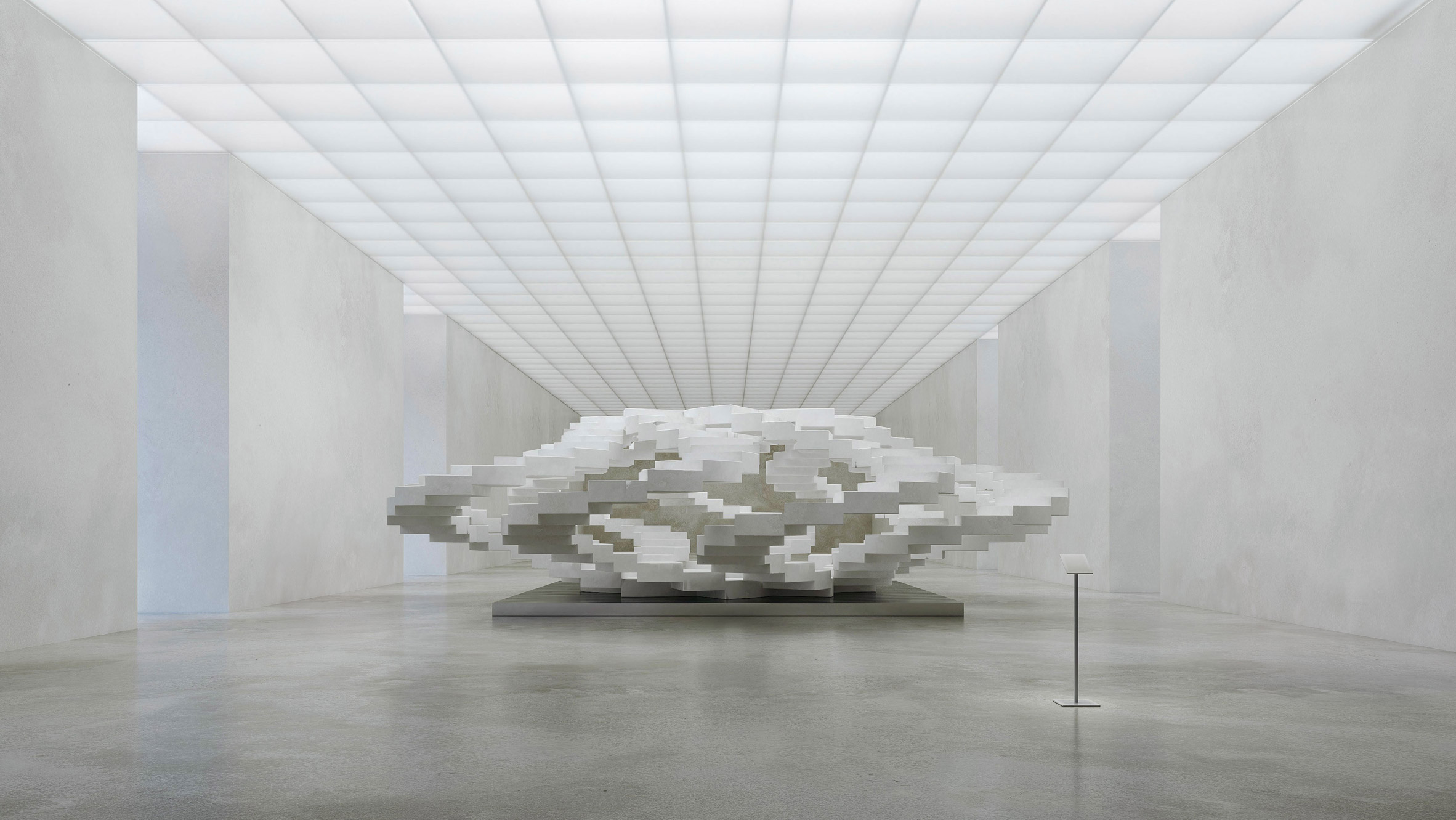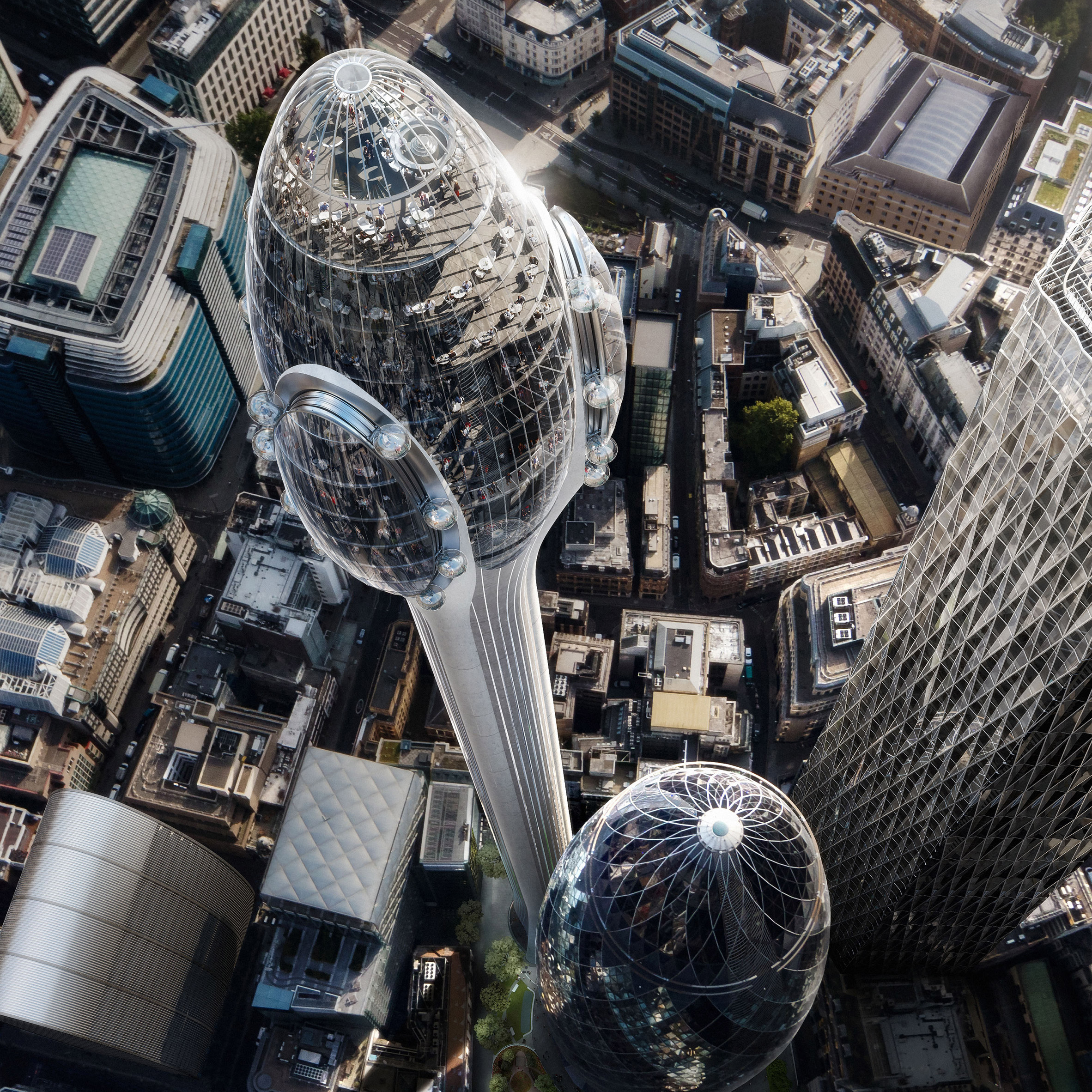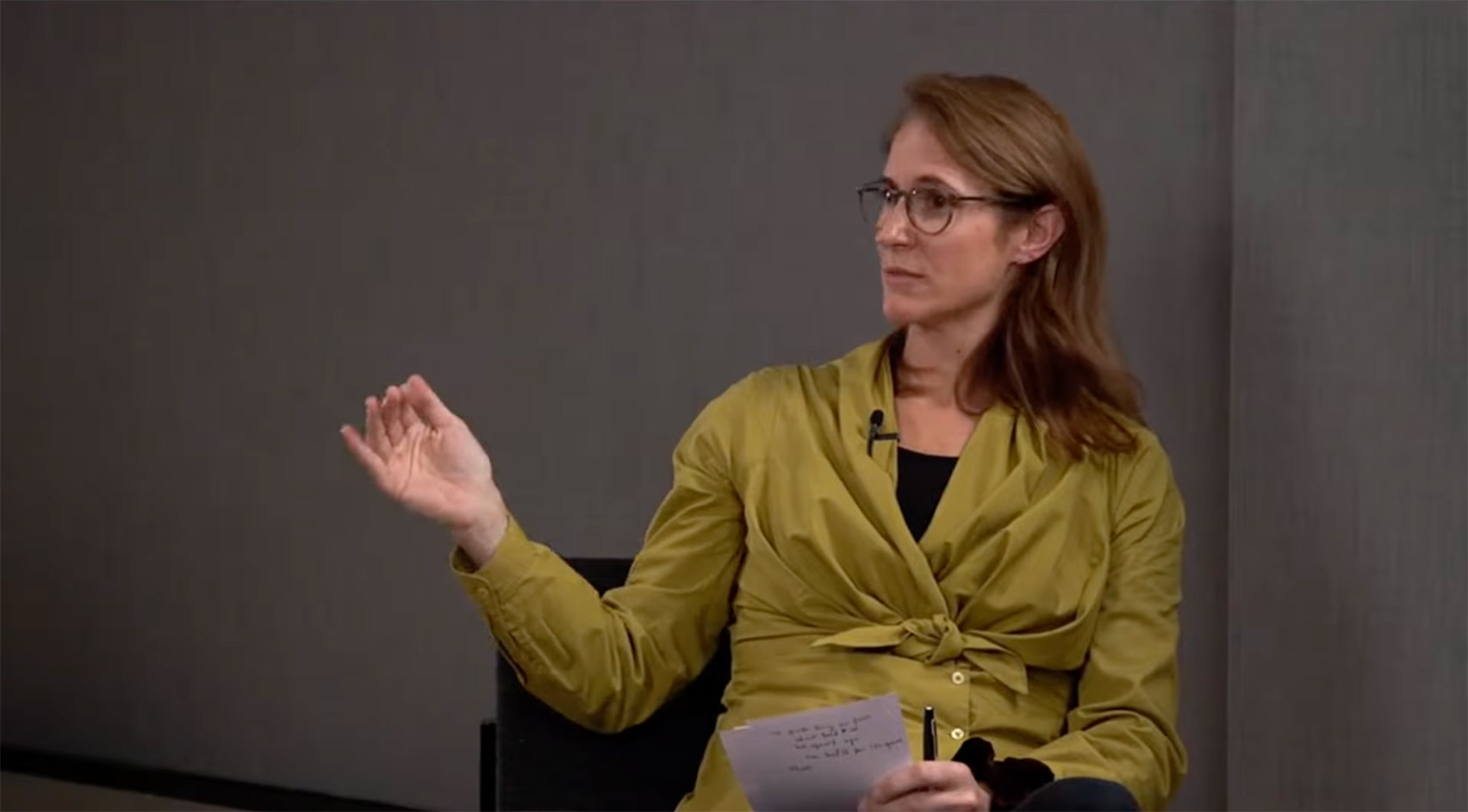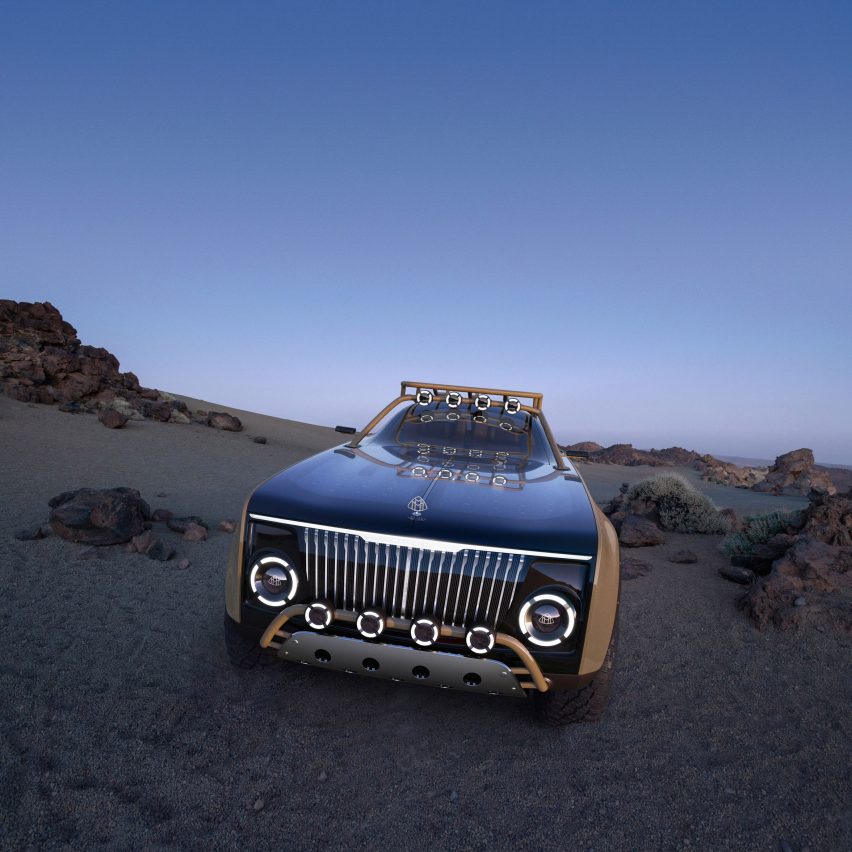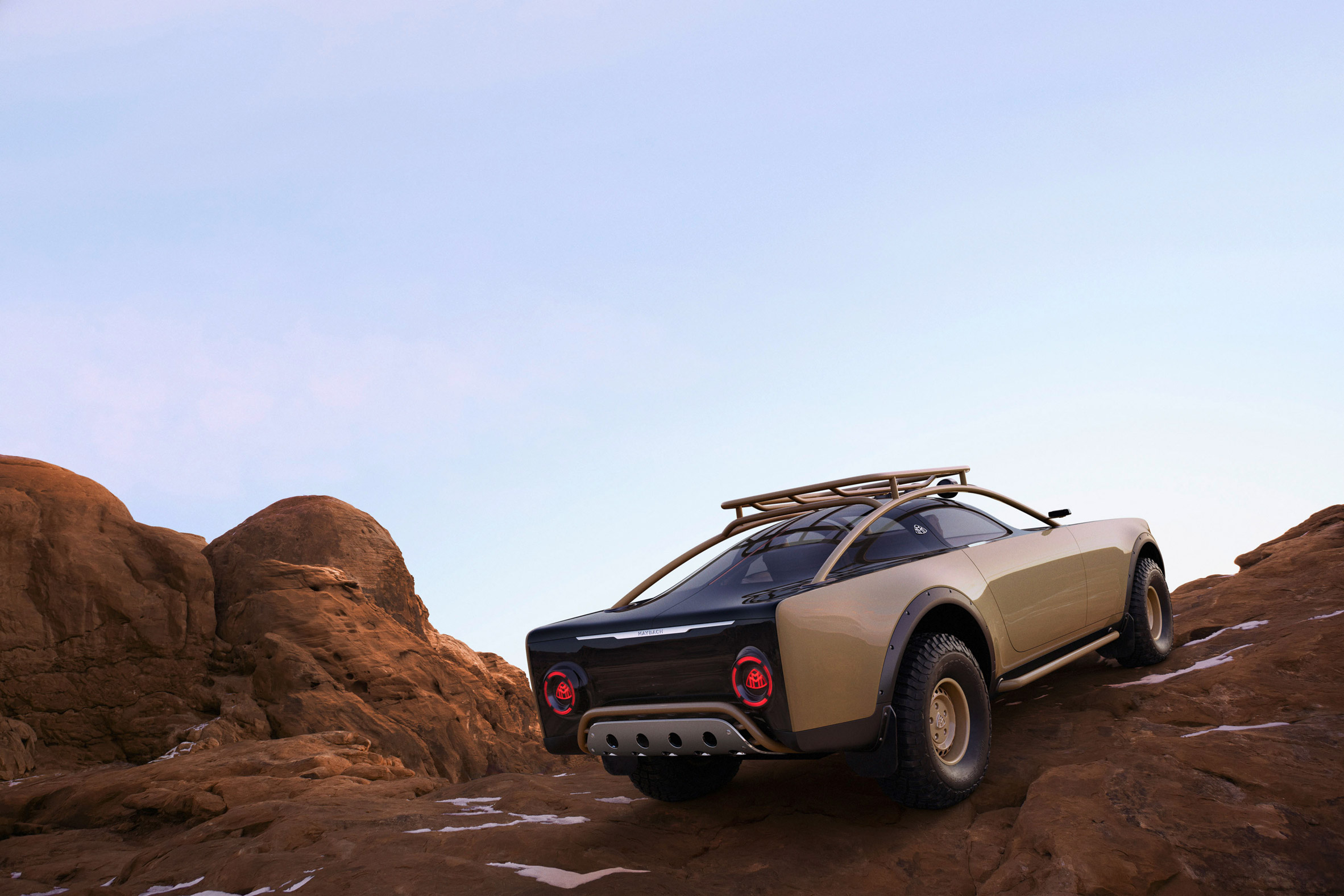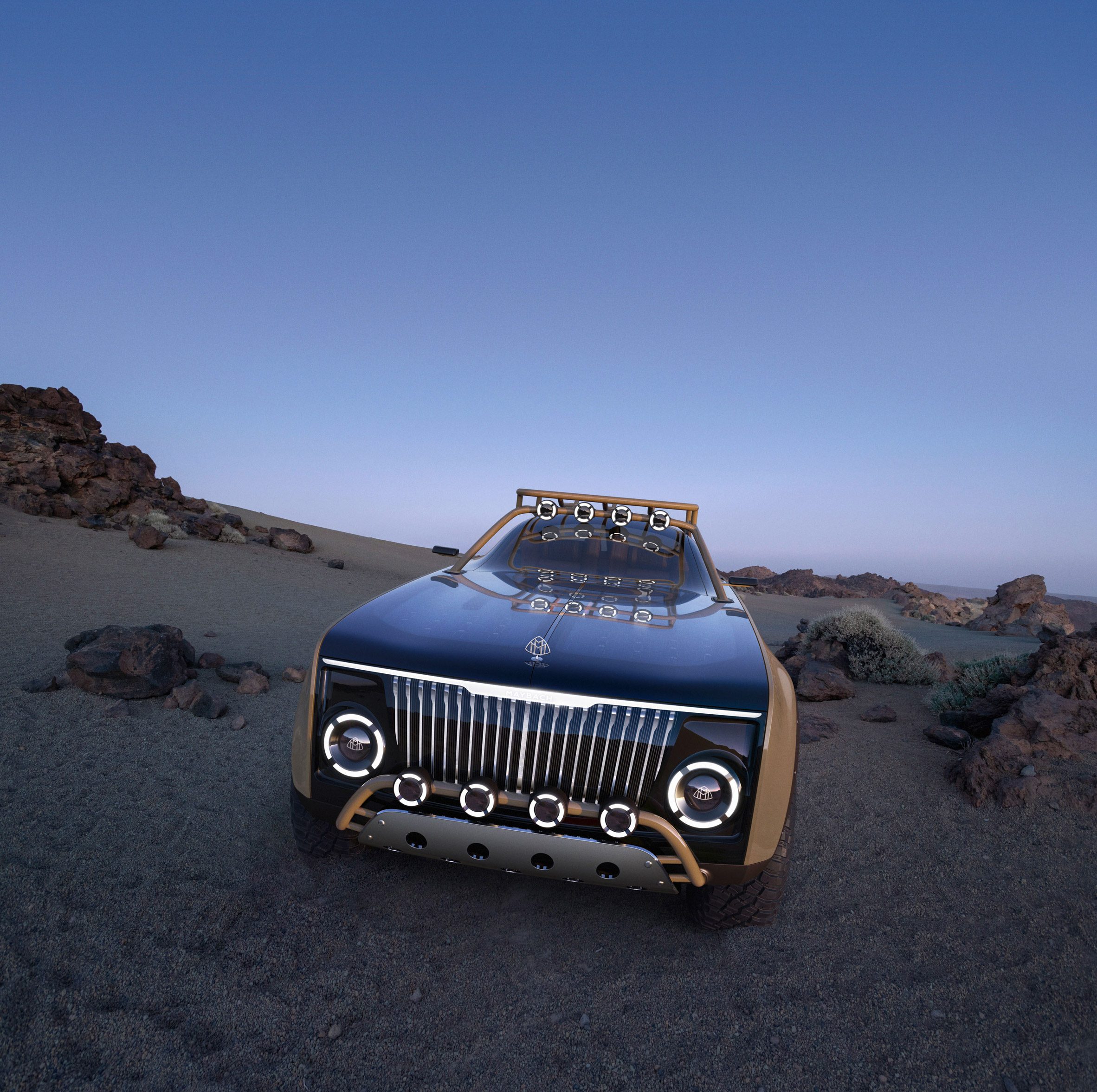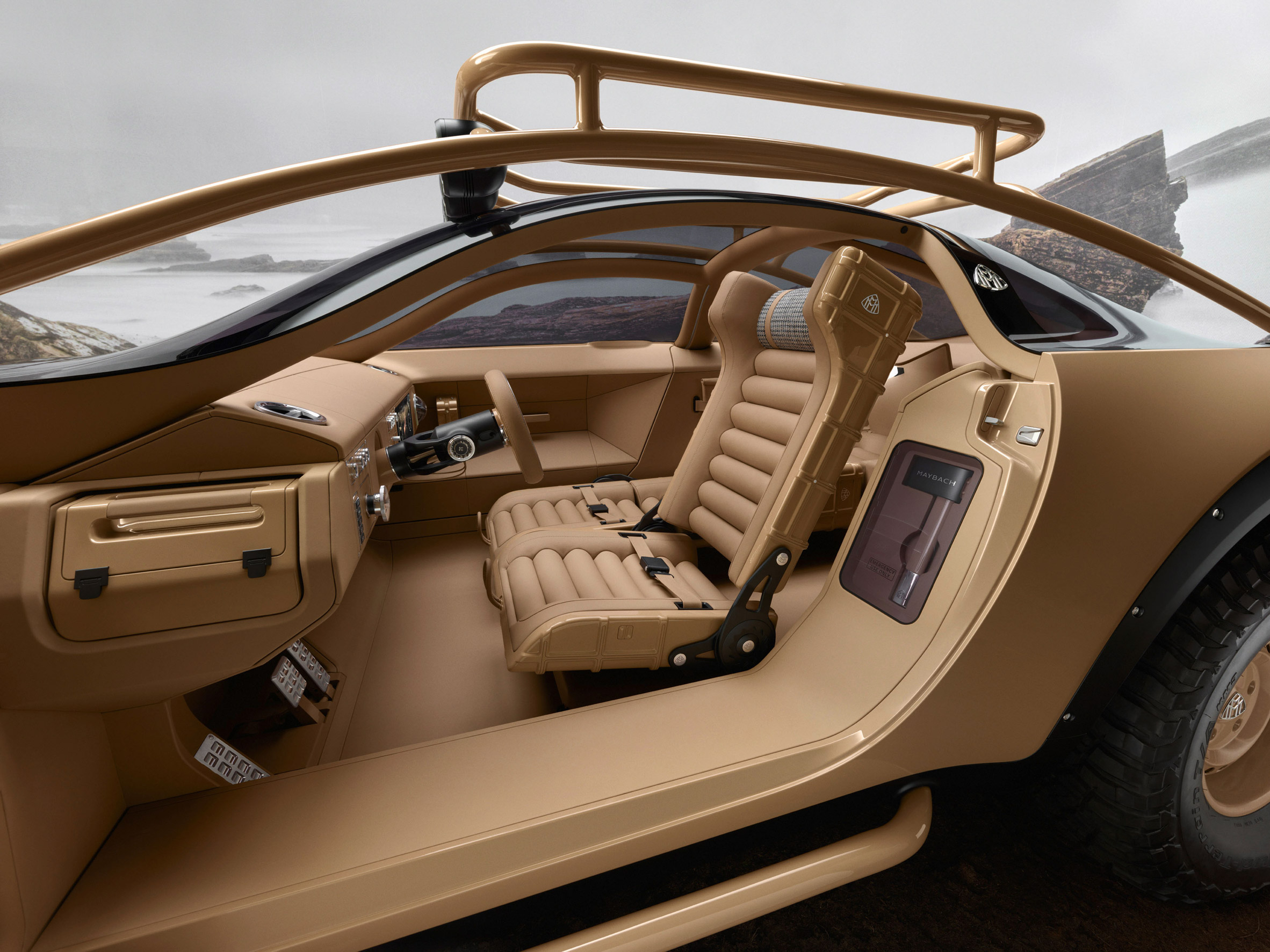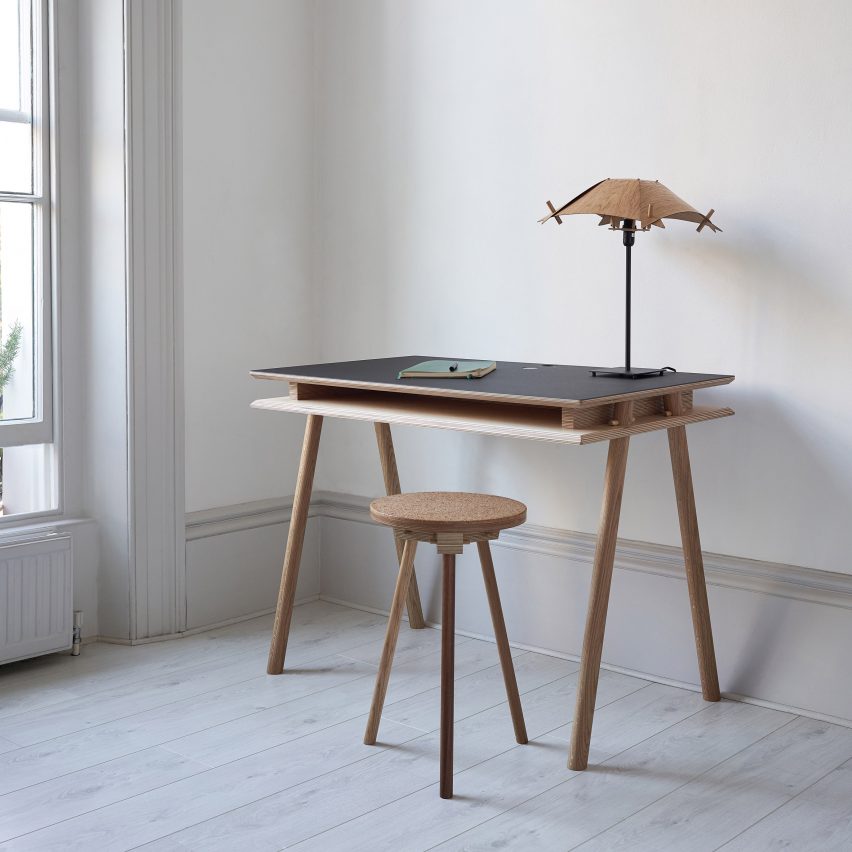
Oxford-based designer Michael Buick has created a wooden range of furniture that can be easily assembled and disassembled using traditional pegs.
Described as slotting together "like a children's toy", the oak and timber pieces can be assembled at home using just a mallet.
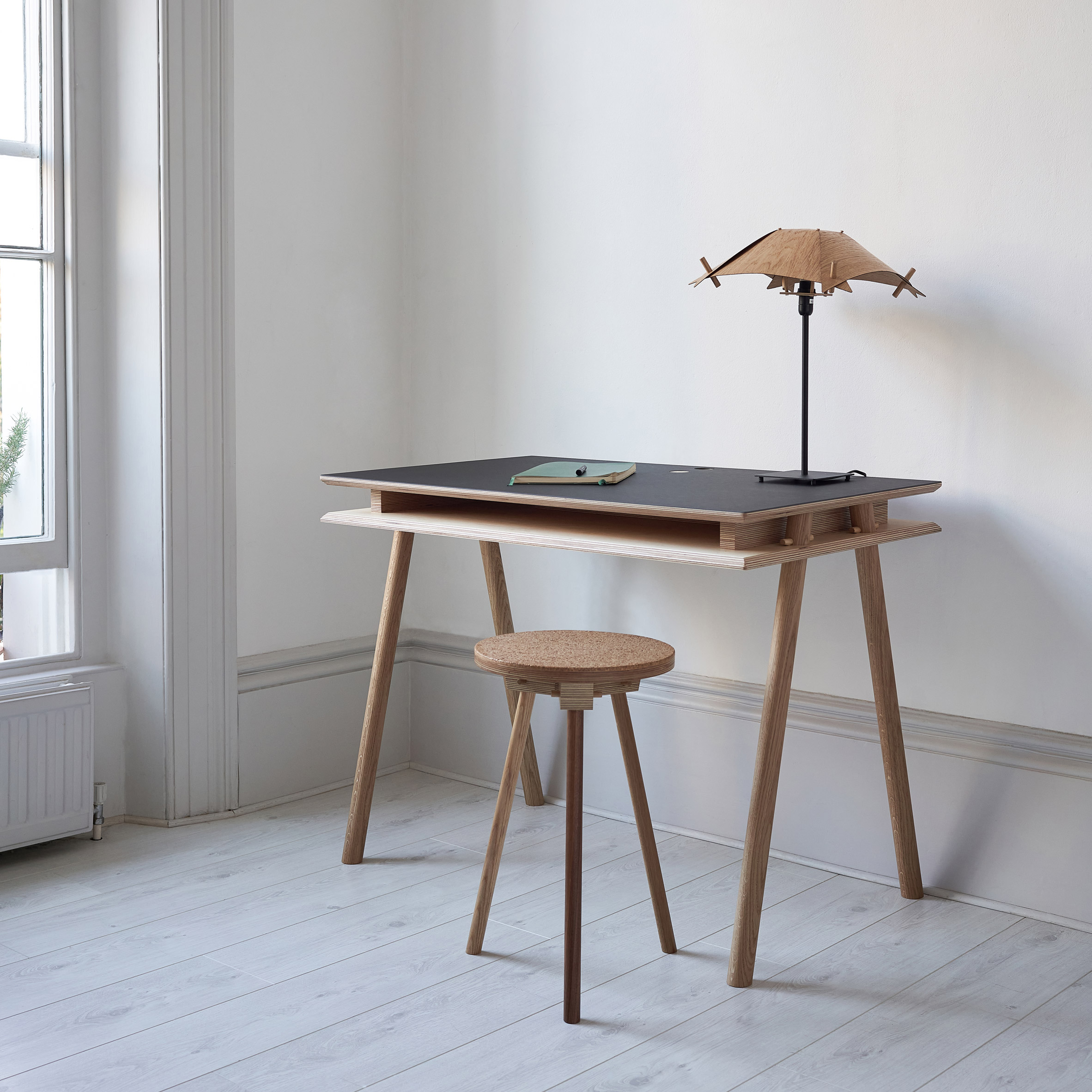
The British designer decided to create the collection which comprises tables, seating, shelving and lighting, after realising his own need for portable, adaptable furniture at home.
"I wanted to create portable, sustainable furniture because of my own experience: I moved house on average once a year over 15 years so I knew my furniture designs had to be portable, durable and sustainable," Buick told Dezeen.
"Pegg helps you be home anywhere – it is portable, sustainable, all-wood furniture that's built for life."
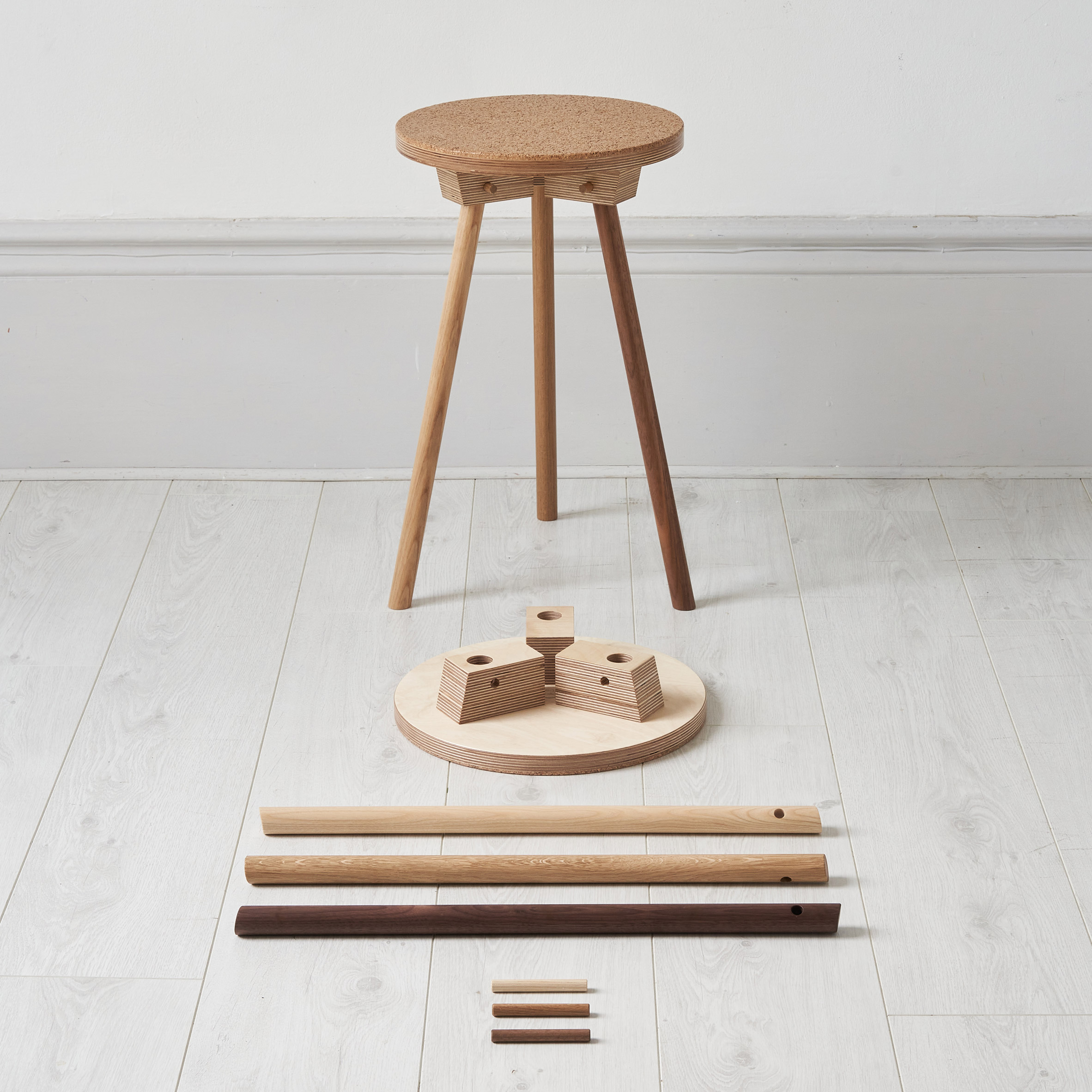
Buick designed each minimalist item according to his own set of guidelines called Pegg Design Rules. These include using only wood, making something that is easy to build and take apart and ensuring that it lasts many years.
He also drew on the pegged joinery techniques used in older, traditional woodwork used to build furniture and timber-framed buildings.
"Pegg reimagines one of furniture making’s oldest techniques – using wooden pegs to hold joints in place," he said.
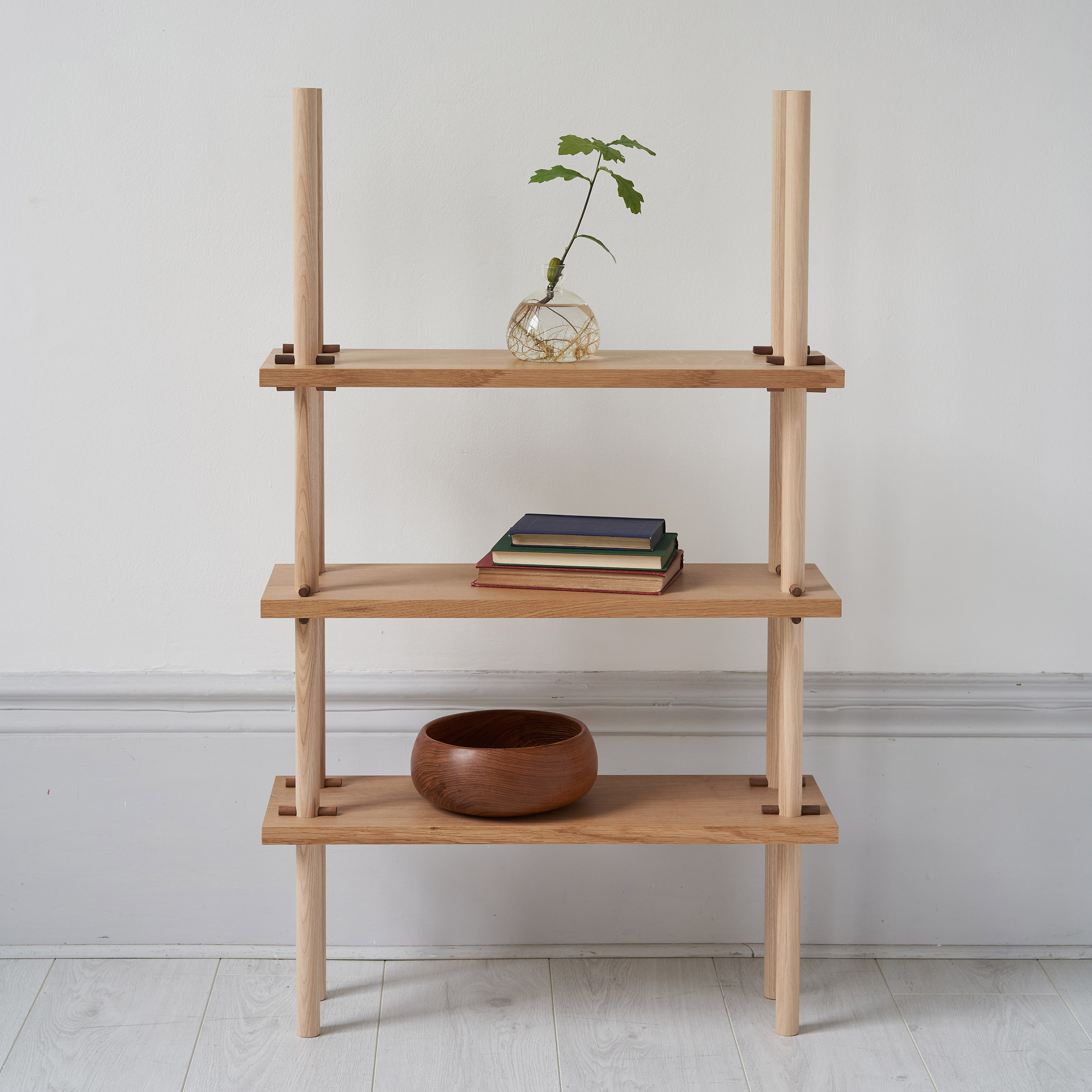
Each CNC-cut item can be put together using round dowels which are essentially wooden rods and round hole joints. After slotting one component through a hole, the user locks the adjoining component with a small peg which is visible on the outside.
For the stool, Buick created a modular joint block where a peg locks a leg into place. For the desk, he created a joint that is strong enough to hold a solid oak table leg in place.
"The innovative wooden joints held together with pegs mean you can easily build and take apart Pegg over and over again, making it easy to move home or adapt your space, without finding yourself with broken furniture that needs to be replaced," Buick said.
"There is a play of simple geometry – of round meeting square, tube passing through plane."
"Add to that the joy of great joinery, where the way the object is built is also the source of its beauty," he continued.
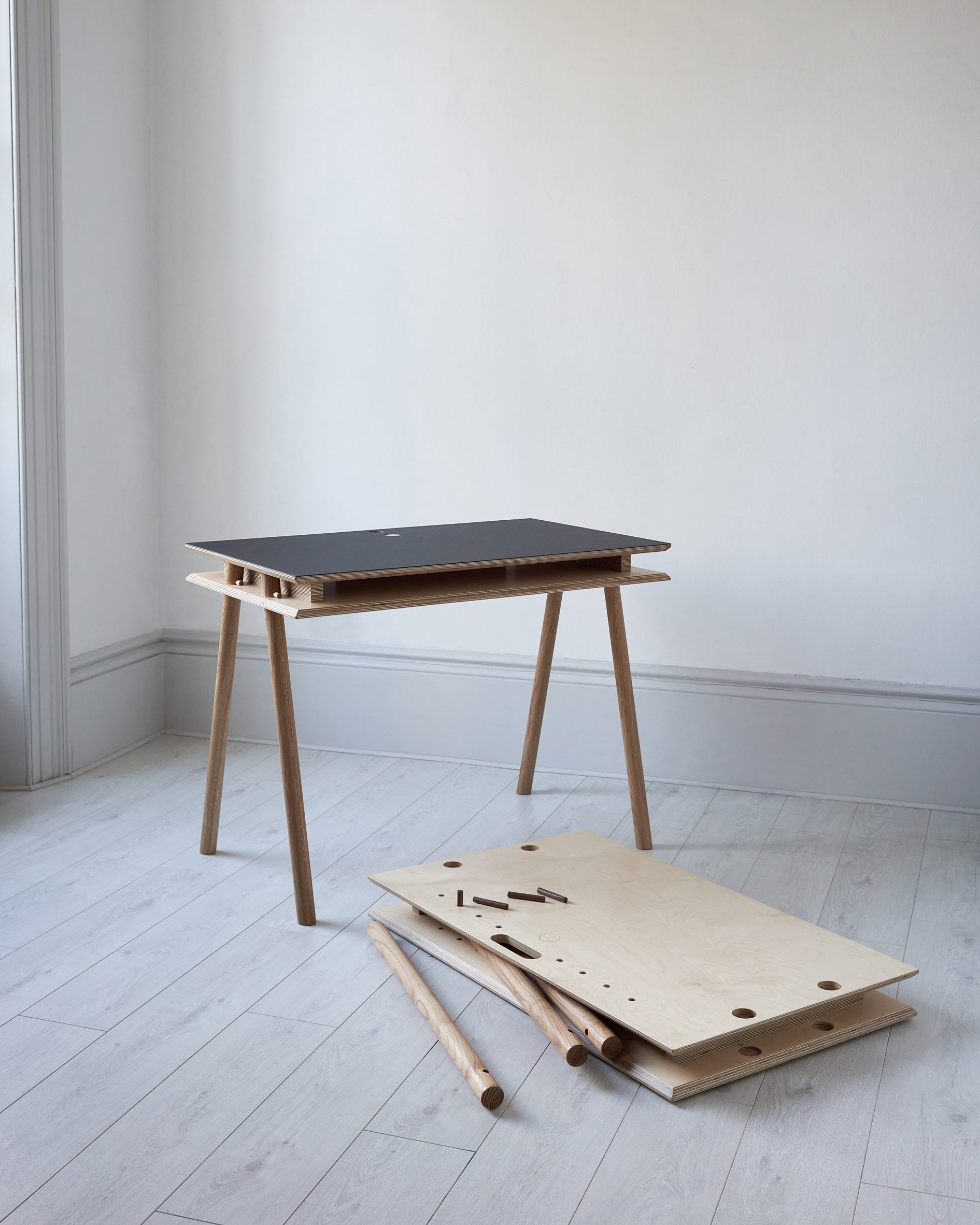
Buick sourced the timber for the collection from UK companies who import it from Europe. Pegg's workshops are based at The Sylva Foundation Wood Centre a foundation that plays a leading role in getting the UK to plant more sustainable woodlands.
Pegg was shortlisted in the furniture design category of Dezeen Awards 2021.
Other furniture that has pegged joinery includes a chair called PEG by New York-based designer Paul Loebach and a set of wooden tables and benches that can be hung up with pegs by Studio Gorm.
The post Pegg is a furniture collection that can be constructed with traditional pegs appeared first on Dezeen.
from Dezeen https://ift.tt/31m5xdN

